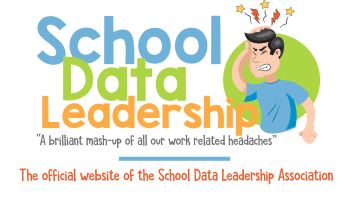Data governance 101
Data governance refers to the management of data's availability, usability, integrity, and security in an organization, based on internal data standards and policies that also control data usage. Effective data governance ensures that data is consistent and trustworthy and doesn't get misused. Here’s a detailed breakdown of the concept:
1. Definition and Scope
Data governance encompasses all the processes, responsibilities, standards, and metrics that ensure the effective and efficient use of information in enabling an organization to achieve its goals. It covers the entire lifecycle of data, from its acquisition to its disposal.
2. Key Objectives
- Quality: Ensuring data is accurate, complete, and reliable.
- Compliance: Adhering to relevant laws and regulations concerning data protection, such as GDPR or HIPAA.
- Security: Protecting data from breaches, theft, or loss.
- Efficiency: Streamlining data management to support operational and analytical processes effectively.
3. Main Components
- Policies and Standards: Creating guidelines that define how data should be handled and who is responsible for various data-related tasks.
- Data Stewardship: Assigning data stewards who are responsible for data quality and control within specific departments.
- Data Architecture: The overall structure of data and technology resources.
- Technology: Tools and systems used for data management, quality, and integration.
4. Challenges
- Scalability: Adapting governance practices to accommodate growth in data volume and variety.
- Compliance: Keeping up with changing laws and regulations across different regions.
- Cross-Departmental Collaboration: Ensuring seamless communication and cooperation across different parts of the organization.
5. Benefits
- Better Decision-Making: High-quality data allows for more accurate and timely decisions.
- Increased Operational Efficiency: Streamlined data management processes reduce costs and improve service delivery.
- Risk Management: Minimizes the risks associated with data breaches and non-compliance penalties.
6. Implementation Steps
- Assessment: Evaluate current data practices and governance needs.
- Framework Development: Establish a governance framework tailored to organizational needs.
- Role Assignment: Define roles and responsibilities related to data governance.
- Policy Development: Develop and implement data governance policies.
- Monitoring and Enforcement: Regularly monitor compliance with data governance policies and adjust as needed.
7. Best Practices
- Engage Stakeholders: Involve key stakeholders in developing and implementing governance policies.
- Define Clear Metrics: Establish clear metrics for data quality and governance effectiveness.
- Continuous Improvement: Regularly review and refine data governance practices.
8. Resources
Here are some resources where you can learn more about data governance:
This framework helps ensure that data across the organization is managed properly and can be a strategic asset in the decision-making process.
